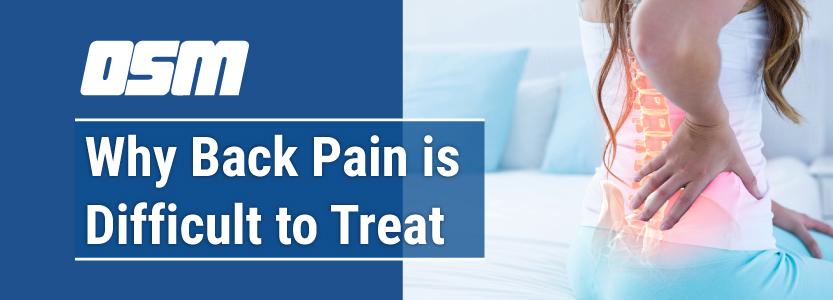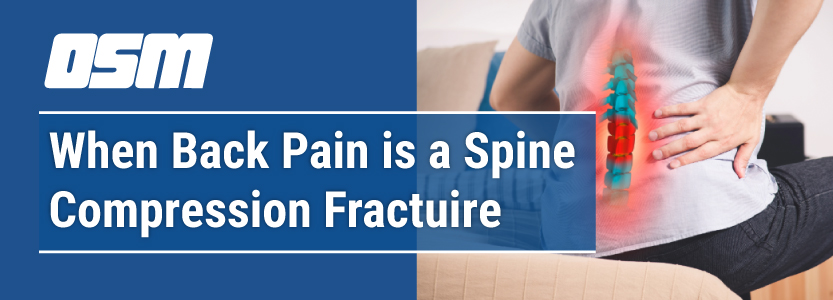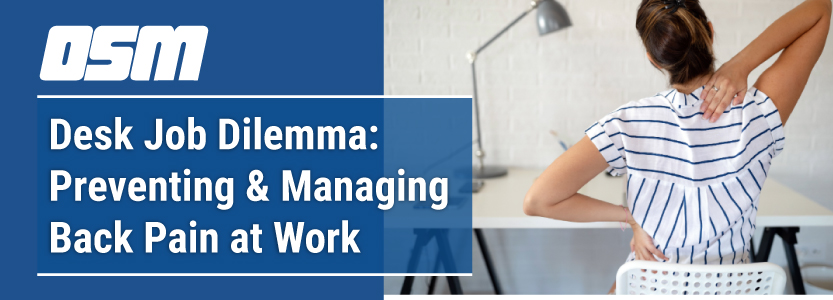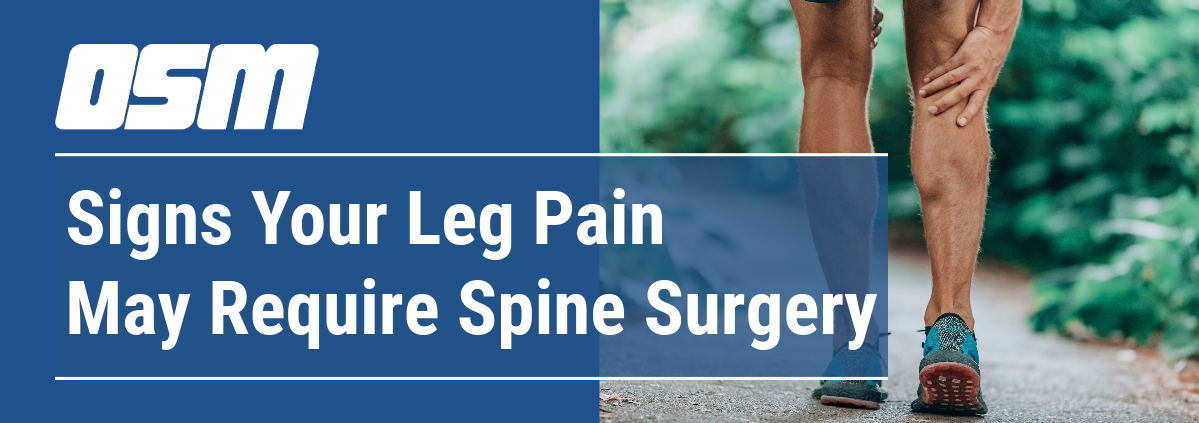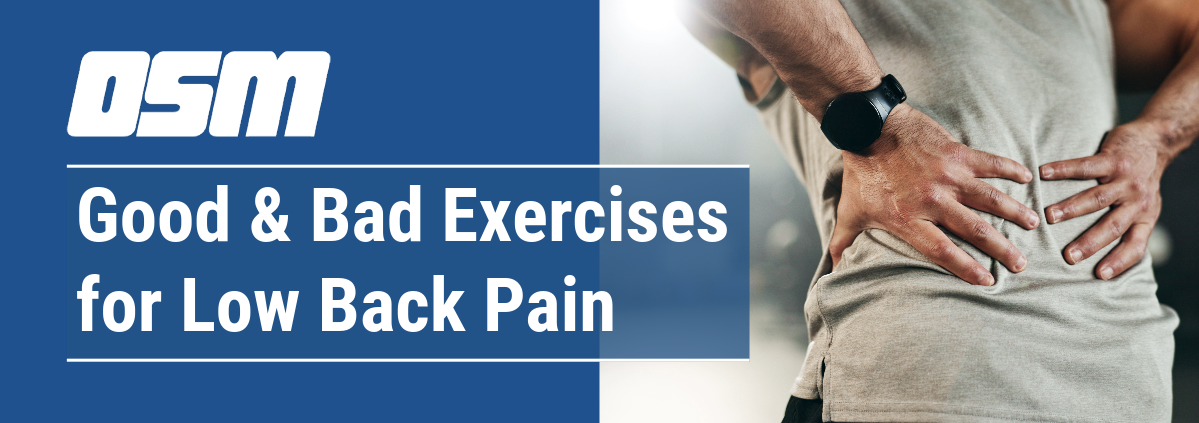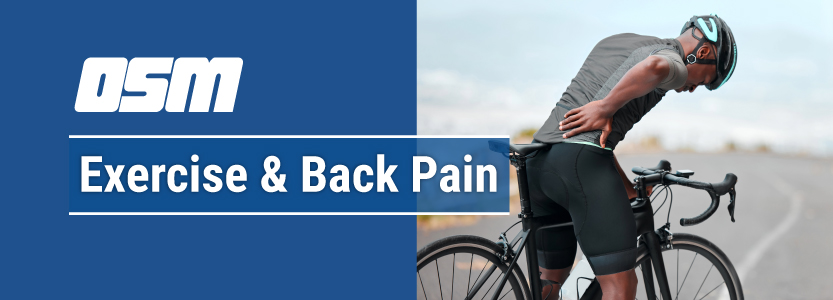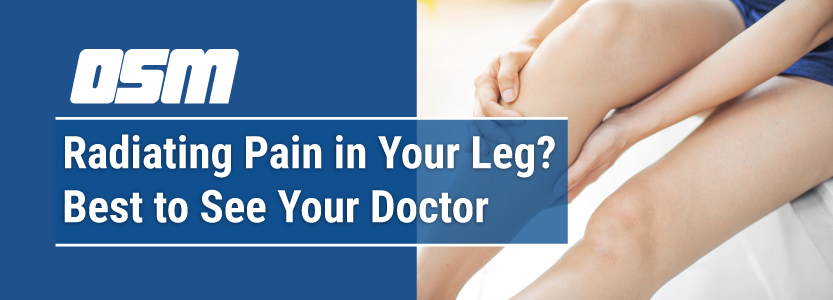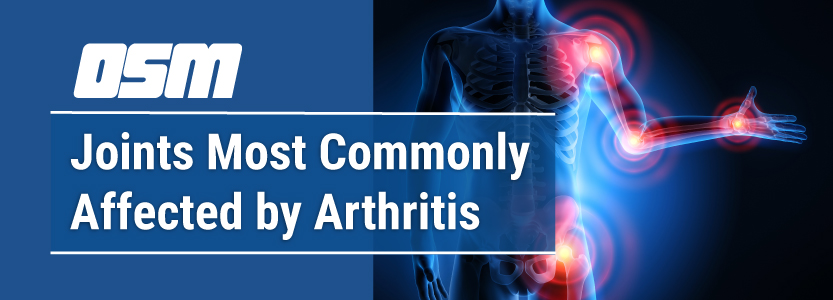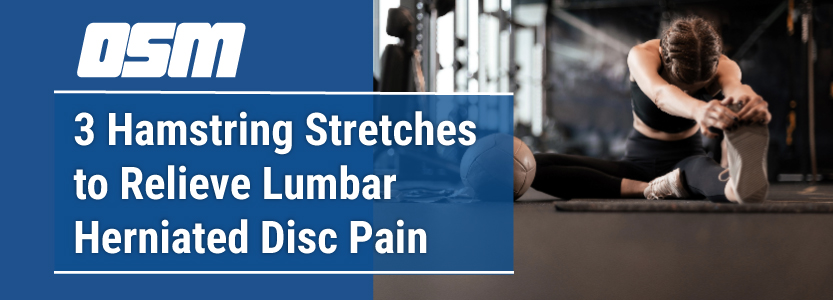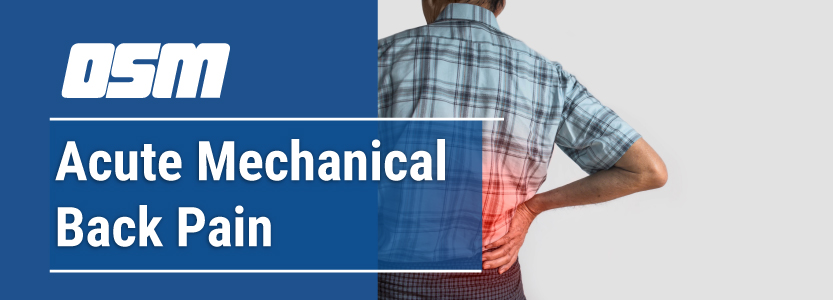If you have a desk job, you probably spend a lot of time sitting at your desk, working on your computer. But did you know that this can sometimes lead to back pain? Back pain can be a real nuisance, making it hard to focus on your work and enjoy your day.In this article, we will talk about some simple ways to prevent and manage back pain while you’re at work. These tips are easy to follow and will help you feel better in no time.
Tips for Preventing and Managing Back Pain
Whether you are working from home or in an office, taking steps to prevent and manage back pain is crucial for your comfort and well-being.
Here are some strategies and tips to help you maintain a healthy back while at your desk job:
1. Ergonomic Workspace
Create an ergonomic workspace by adjusting your chair, keyboard, and monitor to the right height.
Use an ergonomic chair that supports your lower back and encourages proper posture. You can also position your computer monitor at eye level to avoid straining your neck.
2. Proper Seating
Choose a chair with good lumbar support and adjust it to fit your body’s needs. Sit all the way back in your chair with your back straight and feet flat on the floor.
In addition, avoid crossing your legs for extended periods, as it can lead to poor posture.
3. Regular Breaks and Stretching
Take short breaks every 30 minutes to stand up, stretch, or walk around briefly.
Incorporate simple stretching exercises into your day to relieve tension in your back, neck, and shoulders. You can try:
- Gentle neck stretches
- Shoulder rolls
- Seated twists
4. Stay Hydrated
Drink enough water throughout the day to keep your spinal discs lubricated and prevent stiffness.
5. Use a Lumbar Support Pillow
Consider using a lumbar support pillow to maintain the natural curve of your lower back while sitting.
6. Mind Your Feet
Ensure your feet are flat on the floor or use a footrest if they do not reach. Avoid crossing your legs for prolonged periods to maintain good posture.
7. Maintain Regular Exercise
Engage in regular physical activity outside of work hours to strengthen your back muscles and improve overall posture. Activities like swimming, yoga, and walking are excellent choices for back health.
8. Adjust Your Monitor
Position your computer monitor at eye level to prevent neck and upper back strain. Use monitor stands or adjust your chair’s height if necessary.
9. Mindful Sitting
Practice mindful sitting by maintaining good posture throughout the day. Always try to:
- Sit back in your chair
- Keep your back straight
- Relax your shoulders
- Keep your elbows close to your body
In addition, try to avoid slouching or hunching forward.
10. Take Microbreaks
In addition to regular breaks, incorporate microbreaks every 30 minutes. Stand up, stretch, or take a short walk around your workspace to prevent stiffness and maintain circulation in your back muscles.
By incorporating these strategies and tips into your daily routine, you can significantly reduce the risk of back pain and discomfort while working at your desk job.
Remember that small adjustments can lead to significant improvements in your back health and overall comfort.
When to Consider Seeing an Orthopedic Doctor
While back pain can often be managed with self-care and ergonomic improvements, there are instances when it is essential to consult an orthopedic doctor for professional guidance.
Here are some situations in which you should seriously consider seeking medical advice:
Persistent Pain
If your back pain persists for several weeks despite rest, home remedies, and over-the-counter pain relievers, it may be a sign that an underlying issue may be present.
Severe Pain
Intense and debilitating back pain that affects your daily activities and quality of life should not be ignored.
An orthopedic specialist can help identify the root cause and provide effective treatment options.
Tingling or Numbness
If you experience tingling or numbness in your legs or feet along with back pain, it could indicate nerve compression or other neurological concerns that require evaluation.
Leg Pain and Radiating Symptoms
Pain that radiates down your legs, commonly known as sciatica, can be indicative of herniated discs or spinal stenosis. An orthopedic doctor can diagnose and recommend appropriate treatments.
Difficulty Walking or Balancing
If your back pain makes it challenging to walk or maintain balance, it is a serious concern that should prompt a visit to an orthopedic specialist.
Loss of Bladder or Bowel Control
In rare but critical cases, back pain accompanied by loss of bladder or bowel control may signify a medical emergency. Seek immediate medical attention in such situations.

